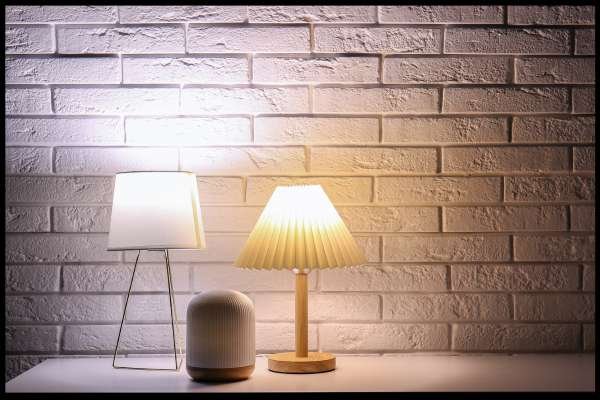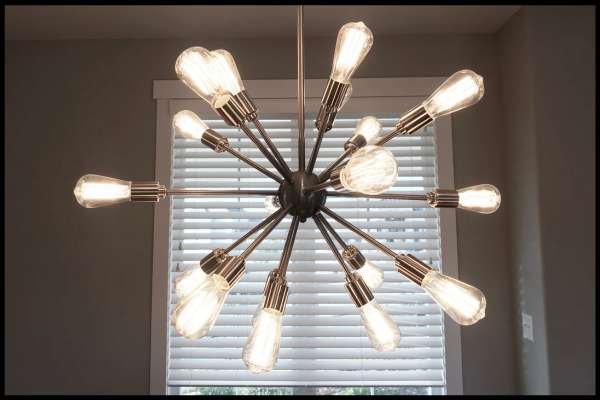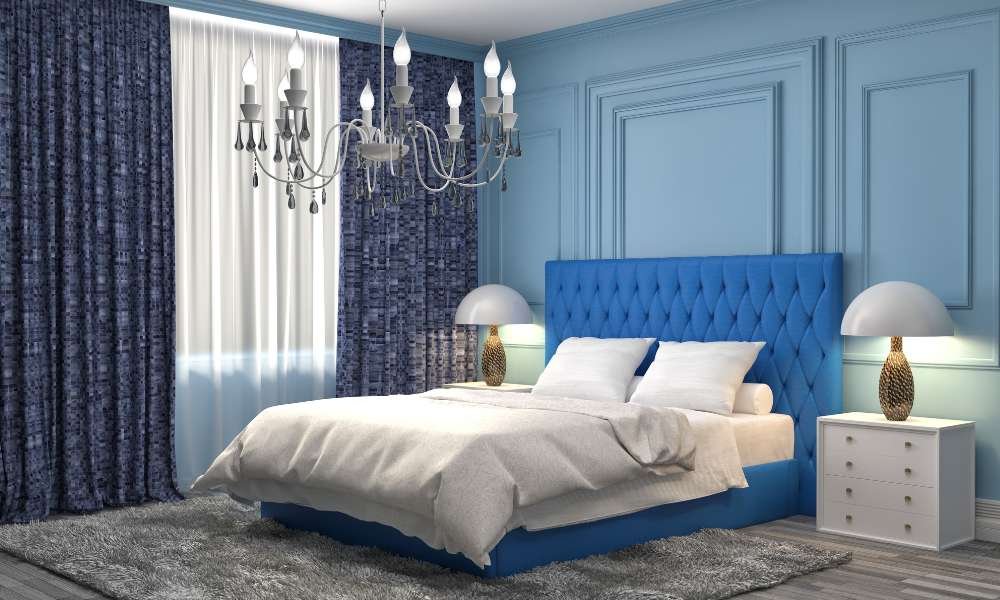Creating a well-lit bedroom without relying on overhead lighting can be both a creative and practical endeavor. Whether you live in a rental with restrictions or simply prefer alternative lighting aesthetics, there are numerous ways to effectively illuminate your space. This guide explores various methods and tips of how to light a bedroom without overhead lighting, ensuring a comfortable and stylish ambiance.
Utilize Floor Lamps

Floor lamps are a versatile and practical solution for bedroom lighting. They come in various styles and sizes, making it easy to find one that suits your needs and decor. Types like arc lamps provide overhead light without ceiling installation, while tripod and torchiere lamps add style and ambient glow. Place floor lamps strategically next to seating areas, beds, or in corners to maximize their effectiveness.
Incorporate Table Lamps
Table lamps are essential for providing focused, task-oriented lighting. Ideal for bedside tables, desks, and dressers, these lamps should complement your bedroom decor and offer sufficient brightness for activities. Placing table lamps on either side of the bed creates a balanced, symmetrical look, while positioning them on desks and dressers ensures specific areas are well-lit for tasks like reading and grooming.
Install Wall-Mounted Fixtures
Wall-mounted fixtures, such as sconces and swing-arm lamps, are excellent alternatives to overhead lighting. They save floor space and add a decorative touch. Wall sconces provide ambient or accent lighting and can be placed on either side of the bed or along walls. Swing-arm lamps are versatile and adjustable, perfect for reading nooks or bedside lighting. Ensure they are installed at a height that provides adequate light without causing glare.
Use String Lights and Fairy Lights
String lights and fairy lights add a whimsical, cozy touch to bedrooms. They offer soft, diffuse lighting that enhances the room’s ambiance. Drape them around headboards, hang them from the ceiling to create a canopy effect, or arrange them on walls to create patterns or frame artwork. Ensure the lights are safe for indoor use and avoid overloading electrical outlets. Opt for LED versions for energy efficiency and safety.
Incorporate LED Strip Lights

LED strip lights are a modern, versatile option for bedroom lighting. They can be installed in various locations to provide both task and ambient lighting. Place LED strips under the bed frame, behind furniture, or under shelves to create soft, ambient glows and highlight displays. LED strip lights are energy-efficient, long-lasting, and available in various colors and brightness levels, often with remote controls or smart home integration for easy adjustment.
Maximize Natural Light
Maximizing natural light can reduce the need for artificial lighting during the day. Use sheer curtains to allow sunlight to filter through while maintaining privacy. Light-colored or reflective blinds and shades let you control the amount of light entering the room. Arrange furniture to take advantage of natural light, placing mirrors opposite windows to reflect light and make the room appear larger and brighter. Avoid blocking windows with large furniture pieces.
Use Portable Lamps
Portable lamps, such as battery-operated or rechargeable lights, offer flexibility and convenience. They can be moved around the room as needed and are perfect for spaces without electrical outlets. Clip-on lamps can be attached to shelves, headboards, or desks, providing focused light for tasks. Rechargeable lamps are cordless and can be placed anywhere, with designs that often include adjustable brightness and color temperature settings.
Utilize Mirrors to Reflect Light
Mirrors enhance light in a bedroom by reflecting both natural and artificial light, making the room appear brighter and more spacious. Place mirrors opposite windows to reflect natural light or behind table or floor lamps to amplify light. Use decorative mirrors as wall art to add style and light reflection to your bedroom. Select mirrors that complement your bedroom decor, with large, framed mirrors making bold statements and smaller, decorative mirrors adding subtle elegance.
Combine Light Sources for a Layered Effect
Creating a layered lighting scheme involves combining different light sources to achieve a balanced and versatile environment. Start with ambient lighting from floor lamps or wall sconces, then add task lighting from table lamps or swing-arm lamps, and finish with accent lighting from string lights or LED strips. This approach ensures every area of the room is well-lit and functional, offering flexibility to adjust the lighting to suit different activities and moods.
Personalize Your Lighting Design
Personalizing your bedroom lighting involves choosing fixtures and accessories that reflect your style and preferences. Incorporate decorative lampshades, unique fixtures, and custom LED designs that showcase your personality. Consider practical enhancements like dimmers, smart controls, and color-changing bulbs to customize your lighting experience. These features offer greater control over brightness and color, allowing you to create the perfect ambiance for any occasion.
Conclusion
Lighting your bedroom without overhead fixtures requires creativity and thoughtful planning. By utilizing floor lamps, table lamps, wall-mounted fixtures, string lights, LED strips, natural light, portable lamps, and mirrors, you can create a well-lit, stylish, and functional space. Combine different light sources to achieve a layered effect and personalize your lighting design to suit your needs and preferences. With these tips, you can achieve a beautifully illuminated bedroom that offers both comfort and aesthetic appeal.



